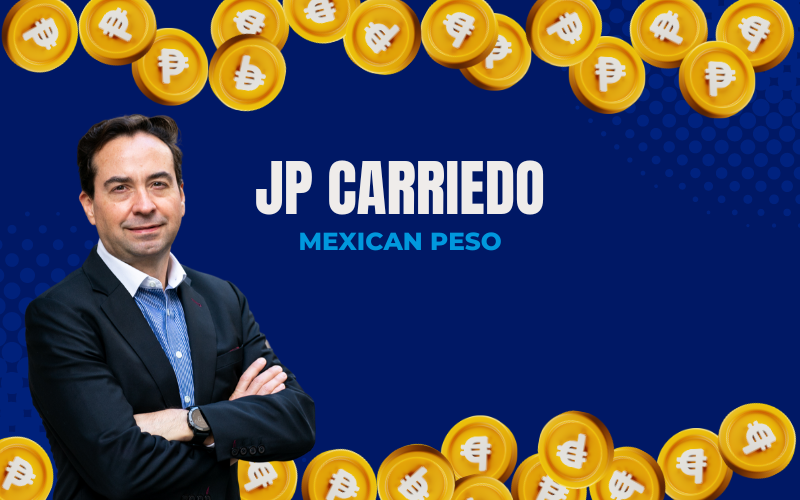In recent years, a significant shift in manufacturing strategies has been observed among US companies, with many moving their operations from China to Mexico. This trend, often referred to as nearshoring, offers numerous advantages, including reduced shipping costs, shorter supply chains, and closer cultural ties. However, this transition has introduced a new set of challenges, particularly in terms of currency risk management due to the Mexican peso's volatility.
The Appeal of Nearshoring to Mexico
The decision to nearshore manufacturing operations to Mexico from China is driven by several factors. Proximity to the United States allows for more agile supply chains and faster response to market changes. Additionally, Mexico’s favorable trade agreements with the US, such as the United States-Mexico-Canada Agreement (USMCA), provide economic incentives. The comparative advantage of lower labor costs than in the US, coupled with higher skill levels than in many other low-cost countries, makes Mexico an attractive destination for nearshoring.
Currency Volatility: A Critical Challenge
However, the transition to manufacturing in Mexico exposes US companies to the challenges of dealing with a free-floating currency that can experience significant volatility. Unlike the Chinese yuan, which is closely managed by the People’s Bank of China, the Mexican peso’s value can fluctuate widely against the US dollar based on market forces. This volatility introduces a layer of financial risk that was less pronounced when operations were based in China.
As of this report, the last 52 weeks have seen the following range for currency exchange rates:
- USD/CNY: 7.34930 – 6.80640 (range: 7.9%)
- USD/MXN: 19.234 – 16.602 (range: 15.8%)
It is important to note that the percentage change on the USD/CNY pair is more gradual as opposed to the peaks and valley volatility of the USD/MXN. This makes forecasting easier with the USD/CNY pair, as its movements are more predictable and less prone to sudden swings compared to the more volatile USD/MXN pair.
Although there are many benefits of nearshoring to Mexico, managing the MXN volatility and exposure is critical. Currency fluctuations can directly impact the cost of goods sold, profitability, and overall financial stability for companies. For instance, a sudden appreciation of the peso against the dollar can increase the cost of production for US companies manufacturing in Mexico, as they convert USD to MXN for operational expenses.
Strategies for Mitigating Currency Risk
To navigate this challenge, treasurers and CFOs of companies nearshoring to Mexico are increasingly turning to sophisticated financial strategies to mitigate currency risk. Some of these strategies include:
- Hedging: Utilizing financial instruments such as forwards, futures, and options to lock in exchange rates can protect against unfavorable shifts in currency values.
- Natural Hedging: Companies can align their revenue and costs in the same currency, reducing the need to convert currencies and thereby minimizing exposure to FX fluctuations.
The Role of Financial Leadership
The role of CFOs and treasurers has become increasingly complex and strategic in this context. These executives must not only understand the financial instruments available to manage currency risk but also stay abreast of geopolitical developments, economic policies, and market trends that could affect currency markets. Effective currency risk management requires a proactive approach involving regular review of exposure, adjusting hedging strategies as necessary, and working closely with operational teams to understand and mitigate the financial impacts of currency movements.
Conclusion
The shift from offshoring in China to nearshoring in Mexico presents a mix of opportunities and challenges for US companies. While the benefits of nearshoring are clear in terms of supply chain efficiency and cost savings, the exposure to currency volatility introduces a significant risk that must be carefully managed. By adopting a strategic approach to currency risk management, companies can navigate these challenges and continue to leverage the advantages of nearshoring to Mexico. As the global economic landscape continues to evolve, the ability to adapt to and mitigate financial risks such as currency volatility will be crucial for maintaining competitive advantage and financial stability.





